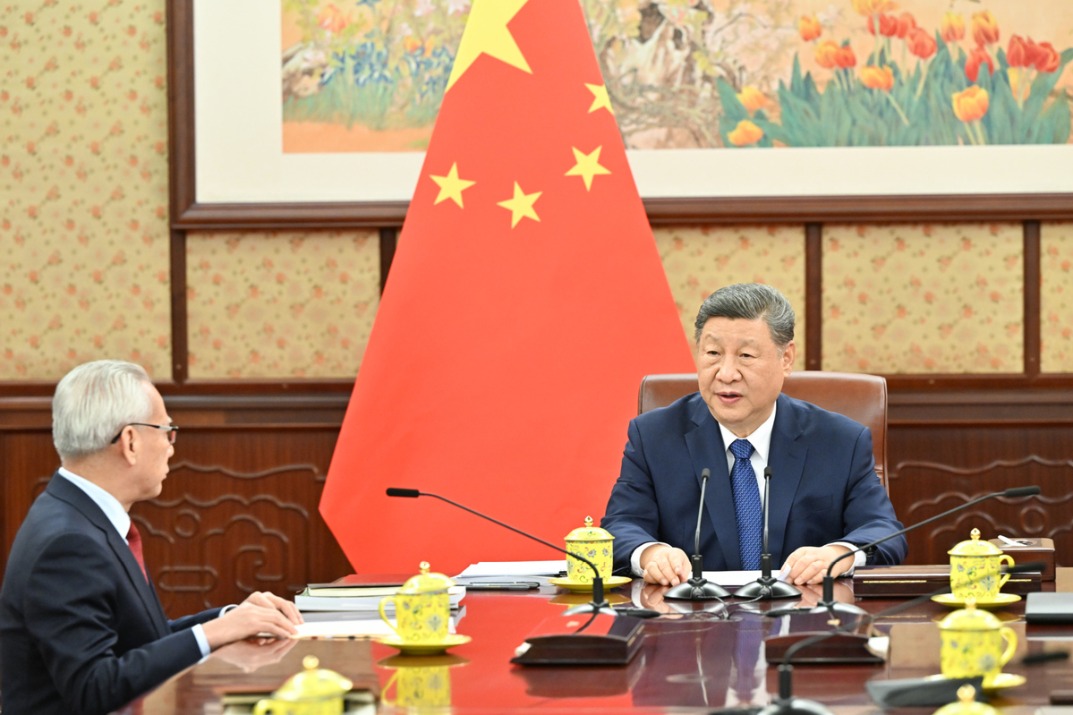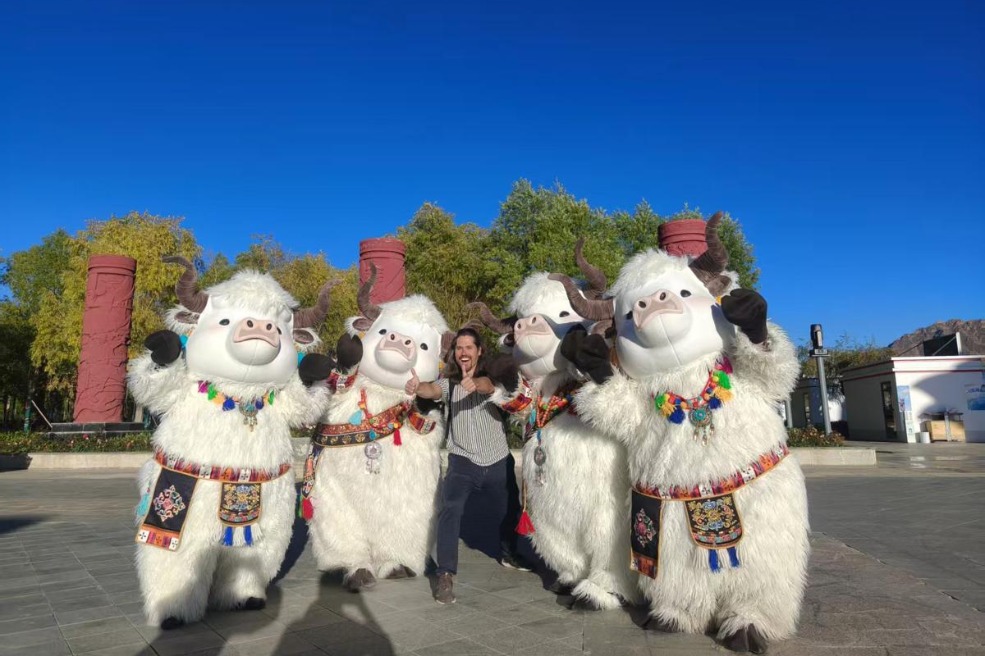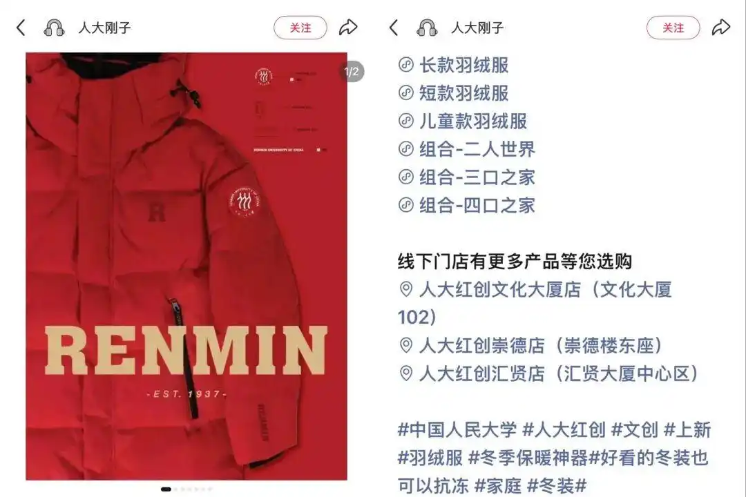What's on

First attempts

Sketches are artists' attempt to roughly delineate a subject, and often help them to later complete a larger painting in the studio. But sometimes, sketches can also be viewed as stand-alone art, especially those produced by eminent artists, and they are sought after by collectors as an integral element of an artist's evolution. In Purity, an exhibition running through April 1, the National Art Museum of China is exhibiting 38 sketches by leading Chinese artists of the 20th century from its collection. The pieces selected demonstrate the artists' techniques and ability to quickly grasp the physical features, spirit and atmosphere of their subjects. Those featured include Wu Zuoren, Pan Yuliang, Sanyu (Chang Yu), and Jin Shangyi, whose work shaped Chinese oil painting and sculpture in the last century. Some lived in Europe for many years, receiving systematic training in Western art traditions. Among the pieces on show are a self-portrait by German artist Kathe Kollwitz, whose achievements in realistic lithography influenced many Chinese artists in the early 20th century.
9 am-5 pm, closed on Mondays.1 Wusi Dajie, Dongcheng district, Beijing. 010-6400-1476.
Glitter ware

The lifestyle of rich culture and artistry led by the upper classes during the Song Dynasty (960-1279) is manifested in the work that went into items of daily use and household ornaments. Nowhere is this sophistication more evident than in the gold and silverware of the era. Man Ting Fang ("Scents Fill the Hall"), an exhibition which runs at the Chengdu Museum in Sichuan province until April 15, is awash in glittering examples of delicate Song gold and silver items. The objects — bowls, hairpins, bracelets, vases and earrings — were discovered in two crypts, one in Hebei province's Yixian county, and the other in Sichuan's Pengzhou. The exhibition offers a glimpse of the prosperity and cultured lives of the period, and the refined taste of the era's upper classes. Some of the objects once decorated clothes, hair and hands, and others were for use during popular pastimes, such as appreciating paintings, smelling incense, arranging flowers, and preparing tea.
9 am-5 pm, closed on Mondays.1 Xiaohe Jie, Qingyang district, Chengdu, Sichuan province.028-6827-7011.
Eternal colors

Yun Shouping lived during the unstable times of the late Ming (1368-1644) and early Qing (1644-1911) dynasties. He was well-versed in writing, composing poems, painting and calligraphy, but refused to serve in the Manchu court, and struggled to make a living selling art. He made a particular name for himself in the flower-and-bird genre of Chinese painting, adopting the mogu, or boneless style of brushwork, in which subjects are not contoured, but depicted only by color shading. The Tianjin Museum's collection includes a flower-and-bird painting album by Yun, Drawing Nature at Ouxiang Hall (his place of residence), in which he rendered serene, detached scenes in light, tender colors. Now, this work is being shown for the first time in his hometown of Wujin district in Changzhou in Jiangsu province, where Dialogue Across Time and Space, an exhibition dedicated to Yun's art, will run until Feb 26 at the Ya Jiyuan Arts Center. Also on show are pieces by modern painters exploring the mogu technique. A digital show of the recurring motifs found in Yun's work further enhances the experience of the timeless beauty of the Chinese ink tradition.
9 am-5 pm, daily. 88 Huanhu Beilu, Wujin district, Changzhou, Jiangsu province. 0519-8116-7176.
Today's Top News
- Foreign ministers of China, Egypt call for Gaza progress
- Shield machine achieves Yangtze tunnel milestone
- Expanding domestic demand a strategic move to sustain high-quality development
- Xi hears report from Macao SAR chief executive
- Xi hears report from HKSAR chief executive
- UN envoy calls on Japan to retract Taiwan comments






























